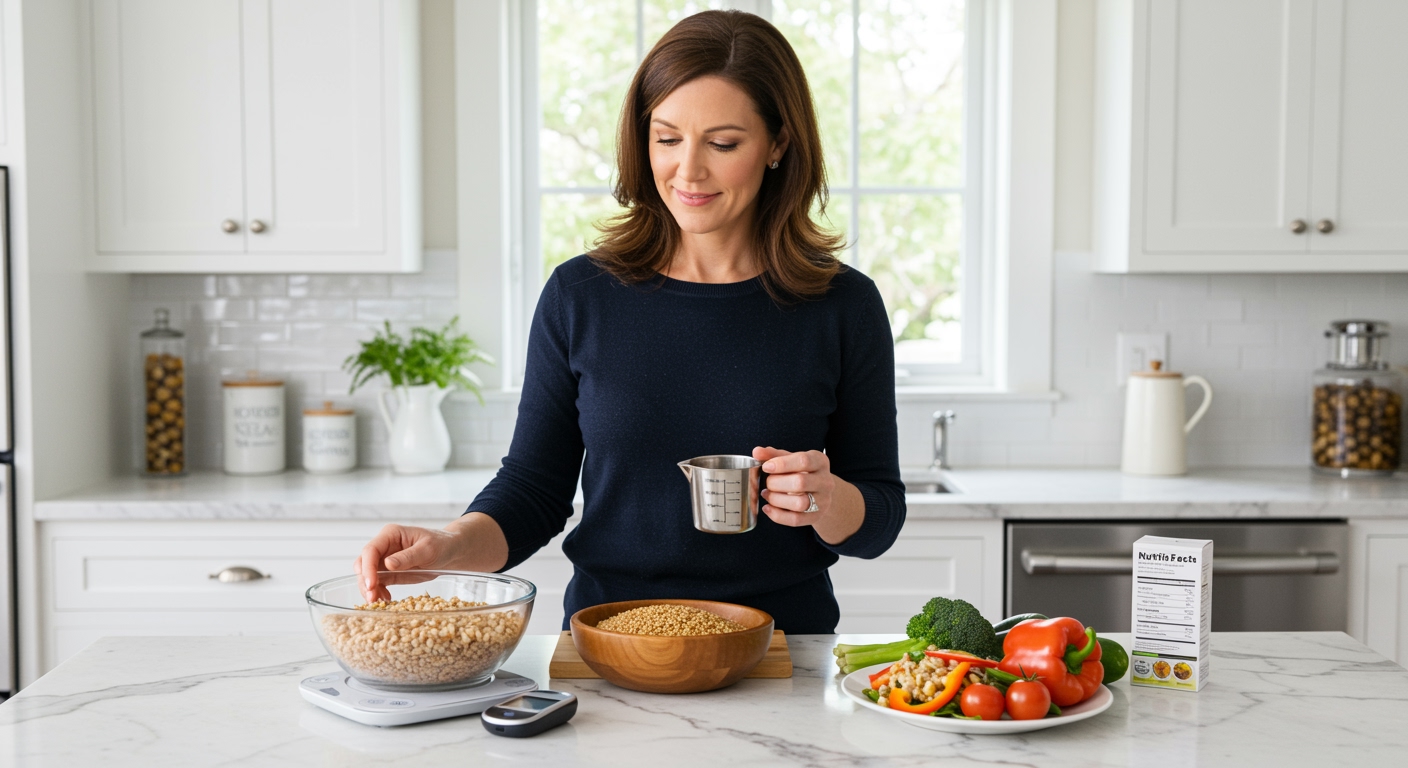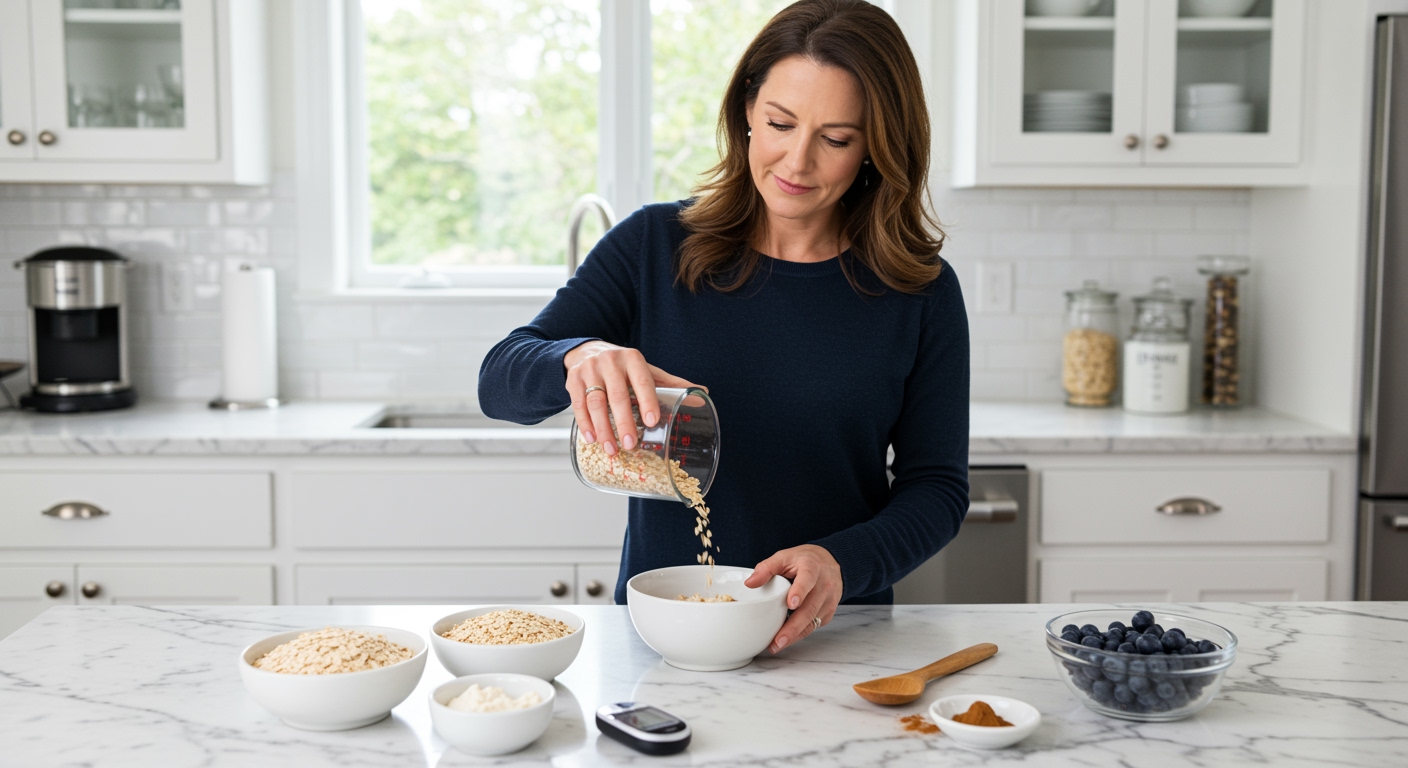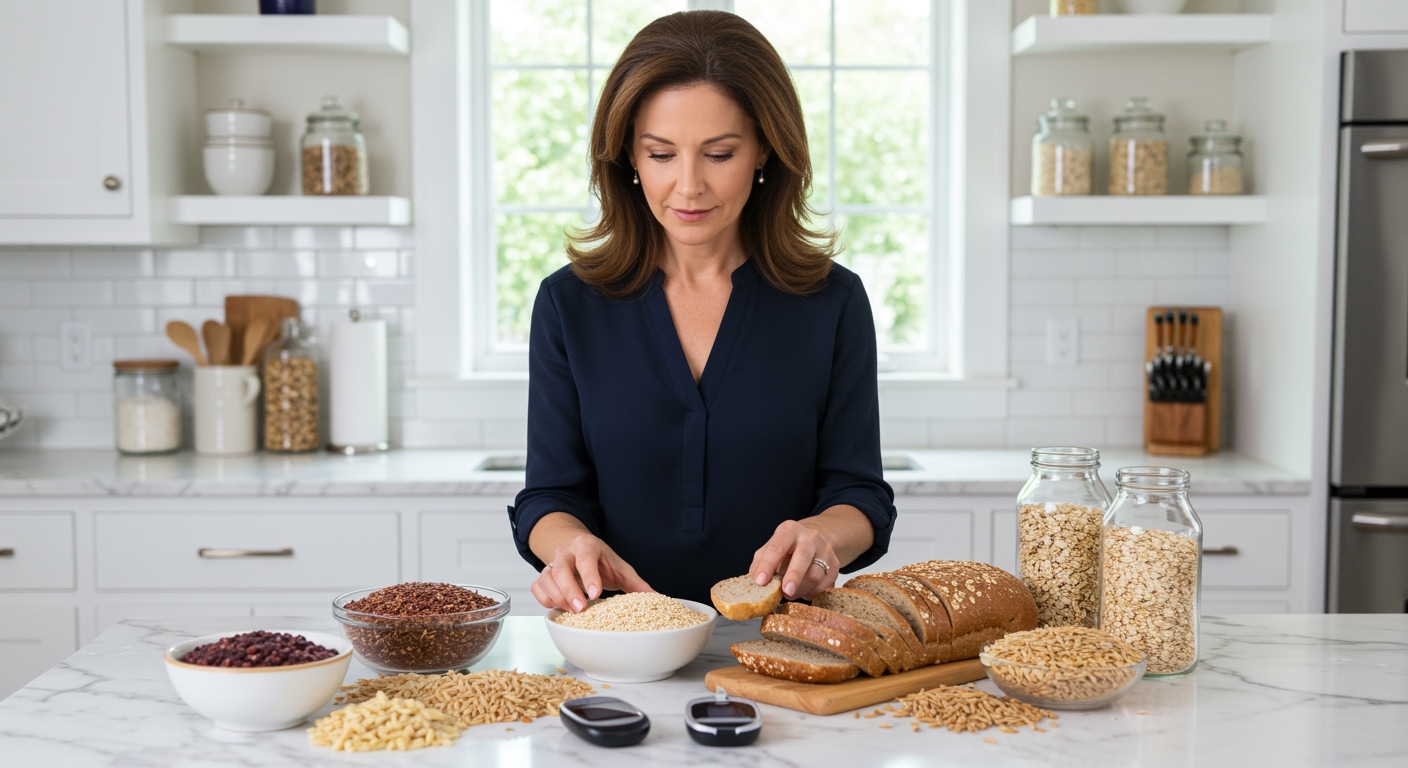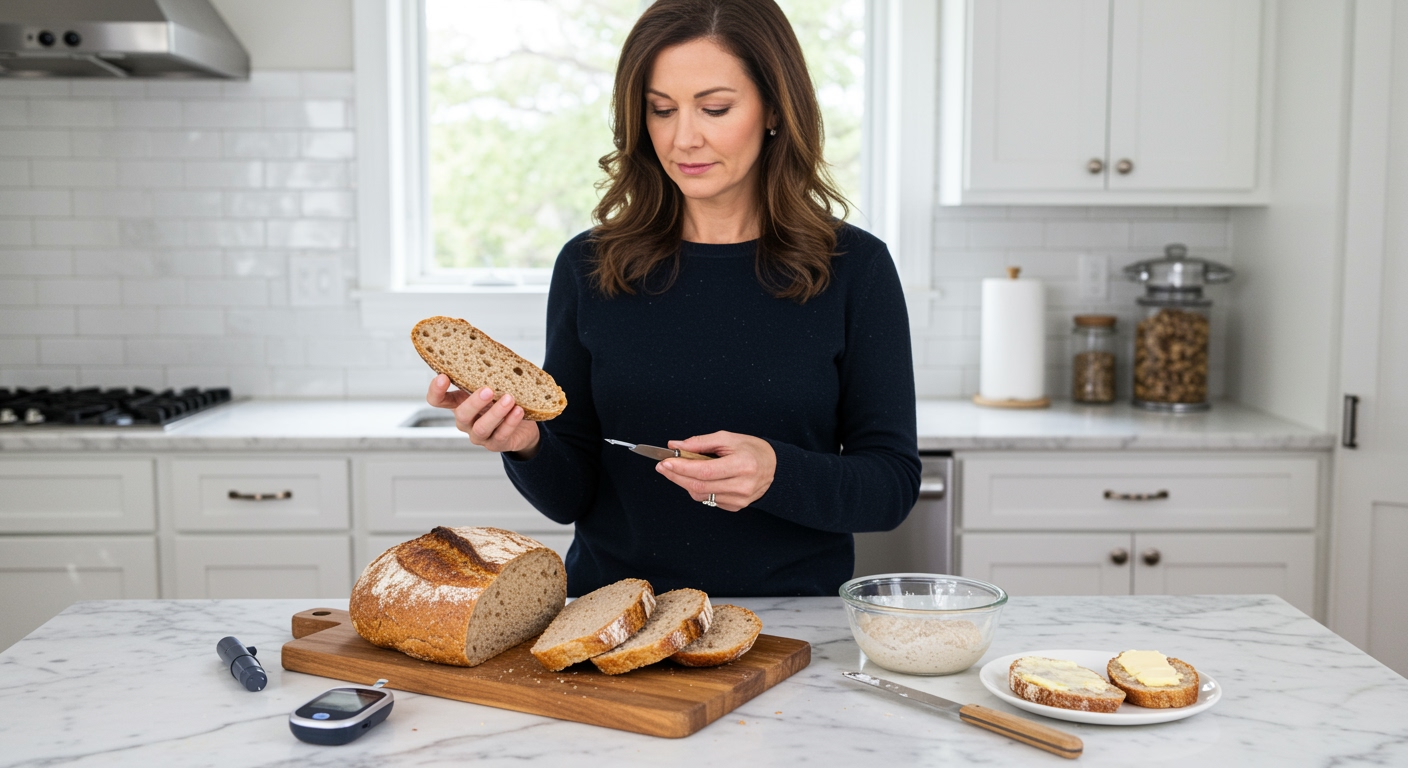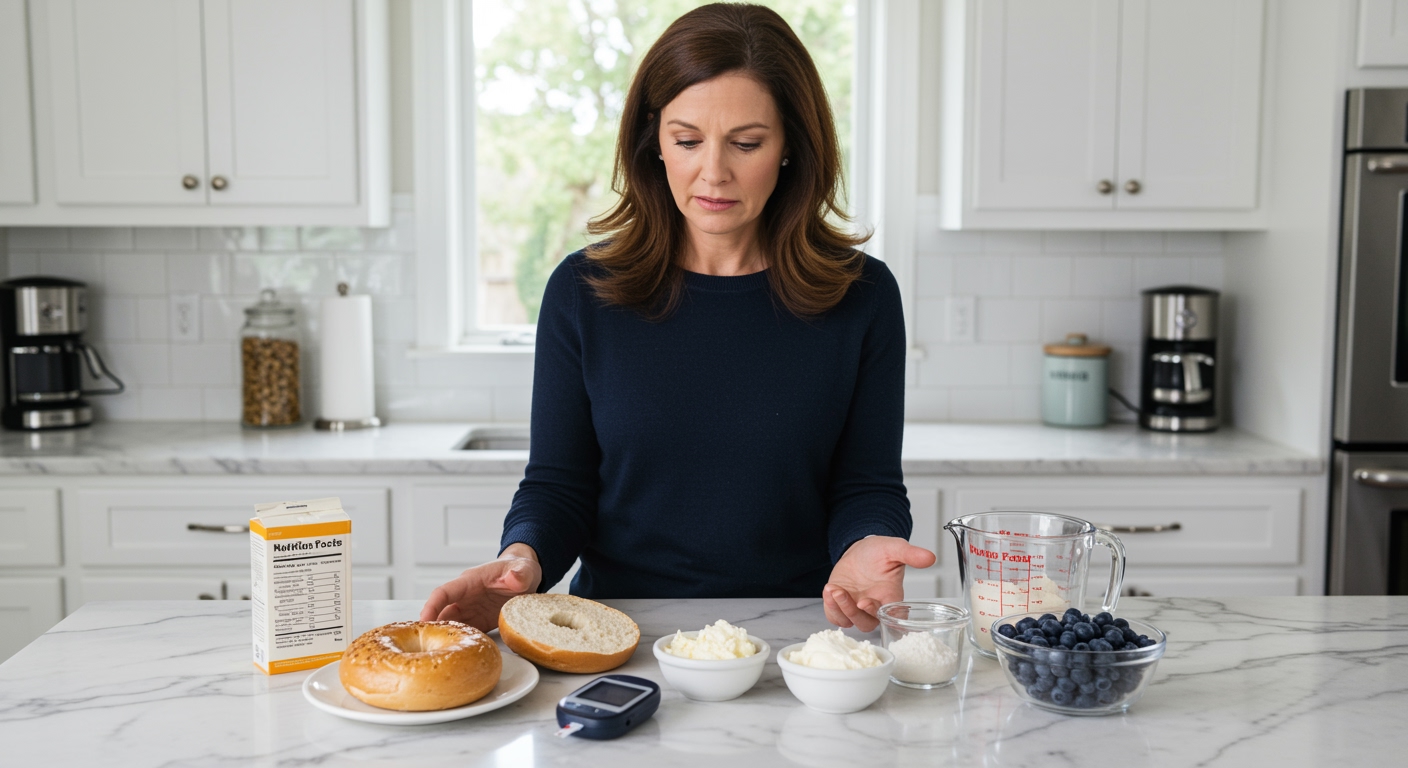✪ Key Takeaway: Farro is generally good for diabetes due to its low glycemic index and high fiber content that helps control blood sugar.
Introduction
You walk down the grain aisle and see this ancient grain called farro staring back at you.
You might be wondering if this trendy grain is safe for your blood sugar levels or just another carbohydrate trap waiting to spike your glucose.
Hi, I’m Abdur, your nutrition coach and today I’m going to explain everything you need to know about farro and diabetes management.
What Makes Farro Different From Other Grains?
Farro stands apart from modern grains because it remains largely unprocessed and retains its original nutritional structure.
This ancient wheat variety contains about 7 grams of fiber per cooked cup compared to white rice which has less than 1 gram.
The bran layer stays intact during processing, which means the grain keeps its natural fiber, protein, and micronutrients.
Your body processes farro more slowly than refined grains because the fiber creates a protective barrier around the starch molecules.
This slower digestion process helps prevent the rapid blood sugar spikes that make diabetes management so challenging with other carbohydrate sources.
✪ Fact: Farro contains three times more protein than white rice, helping stabilize blood sugar levels naturally.
How Does Farro Affect Your Blood Sugar?
Farro has a glycemic index of approximately 45, placing it firmly in the low glycemic category.
Foods with glycemic index values below 55 cause gradual rises in blood glucose rather than sharp spikes.
The high fiber content slows down the absorption rate of glucose into your bloodstream, giving your pancreas time to produce adequate insulin.
Research shows that people with diabetes who eat whole grains like farro experience better glucose control throughout the day.
The protein in farro also contributes to blood sugar stability by triggering the release of hormones that help regulate glucose metabolism.
When you eat farro with vegetables or lean protein, the glycemic response becomes even more favorable for diabetes management.
✪ Pro Tip: Eat farro with healthy fats like olive oil to further slow glucose absorption and improve satiety.
What About Portion Control With Farro?
Even healthy grains require careful portion management when you have diabetes.
One-third cup of cooked farro contains about 15 grams of carbohydrates, which equals one carbohydrate exchange in diabetes meal planning.
Most people with diabetes can safely include half to three-quarters cup of cooked farro in their meals without significant blood sugar issues.
The key lies in balancing farro with non-starchy vegetables and lean proteins to create a complete meal that supports stable glucose levels.
Your individual carbohydrate tolerance may vary based on your medication, activity level, and overall diabetes management plan.
Testing your blood sugar before and after eating farro helps you understand how your body responds to this ancient grain.
✪ Note: Start with smaller portions and monitor your blood glucose response to find your optimal serving size.
Are There Any Concerns With Eating Farro?
Farro contains gluten, making it unsuitable for people with celiac disease or severe gluten sensitivity.
Some individuals with diabetes also have digestive conditions that require gluten avoidance for optimal health management.
The fiber content, while beneficial for blood sugar control, might cause digestive discomfort if you increase your intake too quickly.
People taking certain diabetes medications should monitor their blood sugar more closely when adding new foods like farro to their diet.
The carbohydrate content still matters, and eating large portions can overwhelm your body’s ability to manage glucose effectively.
Always consult with your healthcare provider before making significant changes to your diabetes meal plan, especially if you take insulin or other medications.
✪ Pro Tip: Gradually increase fiber intake over several weeks to allow your digestive system to adapt comfortably.
How Should You Prepare Farro For Best Results?
Cooking farro properly maximizes its blood sugar benefits while maintaining its nutritional value.
Soaking farro overnight reduces cooking time and may improve digestibility for people with sensitive stomachs.
Cook farro in low-sodium broth instead of water to add flavor without increasing the glycemic impact.
Adding a small amount of healthy fat like olive oil during cooking helps slow the absorption of carbohydrates.
Combine cooked farro with non-starchy vegetables like bell peppers, tomatoes, and leafy greens to create balanced meals.
Avoid adding sugar, honey, or other sweeteners that can spike blood glucose levels and counteract farro’s natural benefits.
✪ Fact: Cooling cooked farro in the refrigerator increases resistant starch content, further improving blood sugar control.
The Bottom Line
Farro can be an excellent addition to a diabetes-friendly diet when consumed in appropriate portions and prepared thoughtfully.
Smart food choices create the foundation for successful diabetes management, not restrictive elimination diets.
I would love to hear about your experiences with farro or any questions you might have about incorporating ancient grains into your diabetes meal plan in the comments below.
References
At NutritionCrown, we use quality and credible sources to ensure our content is accurate and trustworthy. Below are the sources referenced in creating this article:
- Signos: Farro Glycemic Index
- January AI: Farro Glycemic Index
- Type 2 Diabetes: Farro Nutrition
- Diatribe: 8 Best Grains for People with Diabetes
